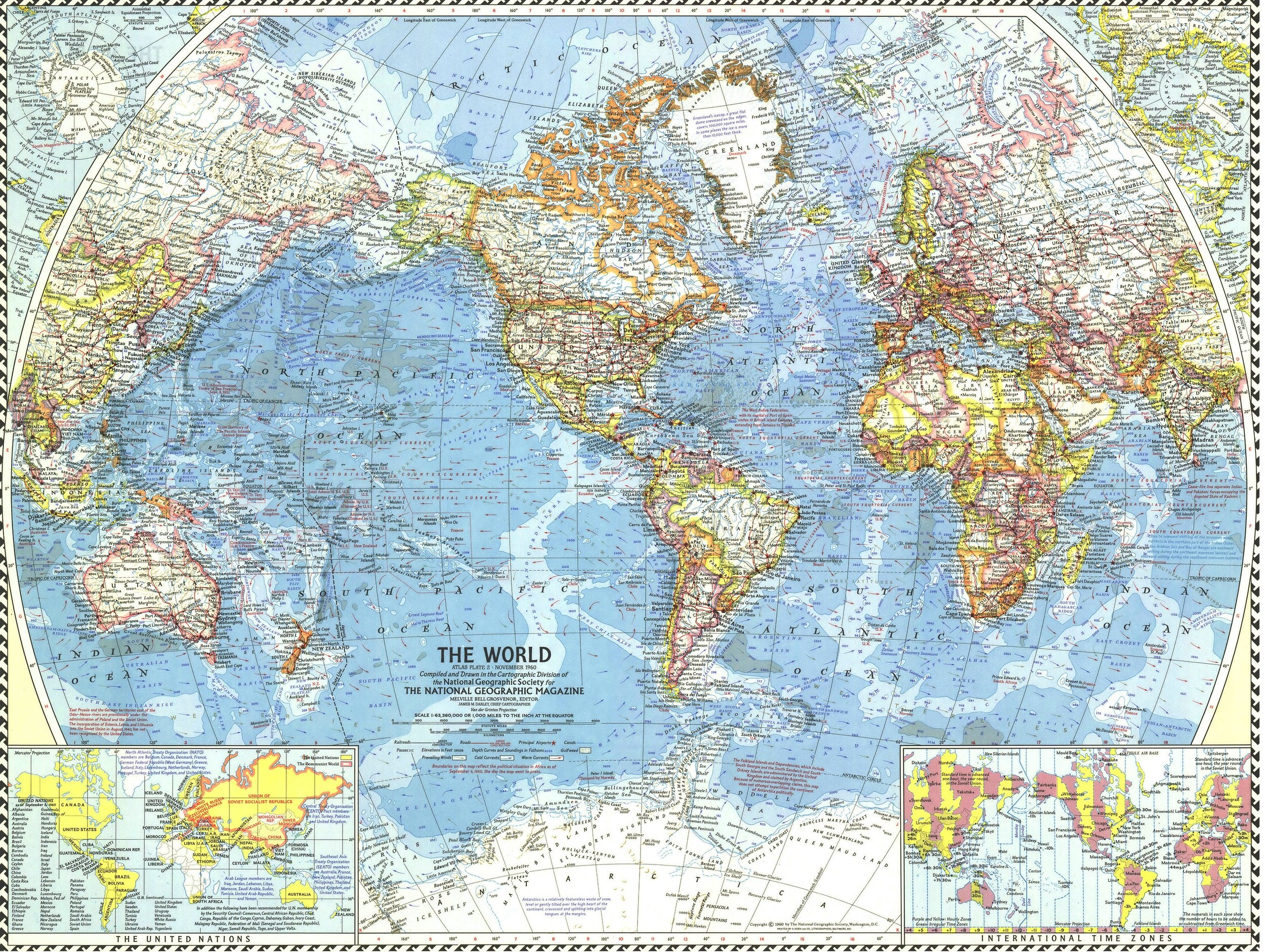6 Chocolate Regions You Should Know
Single-origin chocolate is a major trend sweeping the confectionery world. You’ve probably seen deserts highlighting “Madagascan chocolate” or special drinks starring “rare cacao from Peru” or bars touting “single estate.” It can be confusing to figure out what these terms mean and which ones you’ll like best.
Chocolate flavor comes from a range of factors including the region in which it’s grown (this is called terroir, if you want to be fancy about it), the way the cacao is harvested, fermented and processed, and the way the chocolate maker then roasts and develops those inherent nuances. Origin is only one part of the big picture — but it’s the foundation on which everything else is built.
Where does cacao come from?
Cacao, the fruit from which chocolate is made, needs specific environmental conditions to flourish. It can only grow between 20 degrees north and 20 degrees south of the equator, in regions with the right amount of heat, humidity, and nutrient-rich soil. Each region’s unique ecosystem contributes to its flavor.
The largest producers of cacao are the Ivory Coast and Ghana; together, they make up more than half the world’s supply. Because brands like Hershey’s and Nestlé buy from these countries, they’ve long been associated with cacao of lower quality. However, that’s starting to change as more and more diversification efforts are introduced to highlight what these regions are capable of.
Other major producers of cacao include Indonesia, Nigeria, Cameroon, and Brazil, all of which can produce exceptional quality cacao. Ecuador and Peru (which we’ll look at below) also produce fairly substantial qualities, while other countries and regions produce only small, select batches each year.
Cacao Origins
Madagascar
Madagascar, famed for its prized vanilla production, produces cacao of marvellous complexity and intensity. Because Madagascan cacao comes from a fairly limited region, its flavor profile is very distinctive. You’ll find a lot of bright acidity in these bars alongside citrus and berry flavours — perfect for a cocktail or a summer dessert.
Try this award-winning 75% bar from Ritual Chocolate for the full experience.
Ecuador
Ecuadorian chocolate tends to be quite distinctive in its own right. This cacao exhibits earthy, grassy, floral flavours that make you think of early summer days. This can be a good choice if you want to incorporate cacao into savoury cooking.
This award-winning 72% chocolate from Ecuadorian maker Cárdenas is an excellent example of this unique region.
Venezuela
Venezuela has some of the highest quality cacao in the world. Its flavor profile can range from earthy and nutty to notes of brown sugar and dark fruit, and makes excellent drinking chocolate.
This 85% bar from Chocolate Tree showcases a rare variety of Venezuelan cacao that’s light in colour with delicate flavors. Another leading producer of chocolate from Venezuela is El Rey.
Papua New Guinea
Traditionally, cacao from Papua New Guinea is dried over woodsmoke fires rather than in the sun like other countries do. This gives chocolate from this region a distinctive smoked flavour reminiscent of Lapsang tea. However, some brands are starting to experiment with smoke-free drying techniques that highlight the deeper volcanic flavours inherent in the bean.
A great example is this Firetree’s 72% Papua New Guinea bar, with a unique earthy-nutty flavor profile. It featured porcelana, an heirloom variety of cacao.
Peru
Peru is a diverse cacao-growing region, and flavor notes can vary considerably. Often, Peruvian chocolate will taste quite soft — lots of mellow yellow fruit and approachable earthy flavours.
A lovely example of this chocolate is Original Beans’ 75% Peruvian bar, made with rare cacao that is unusually light in colour. This bar features notes of berries and nuts.
Hawaii
Hawaii is the only region of North America blessed with conditions to grow cacao. Because it’s such a small area and the cacao industry there is relatively new, Hawaiian chocolate is harder to find — so grab it if you can! Cacao from this area often features unique floral- fruity flavours.
Try Manoa Chocolate’s 70% bars, which use cacao from different parts of the islands to create a broad picture of what this region has to offer. Other producers in Hawaii include Lonohana and Madre.
These are only a few of the areas from which chocolate makers are sourcing exceptional quality cacao. You might also see bars featuring beans from places like Mexico, Brazil, Vietnam, Dominican Republic, Tanzania, Indonesia, and more! More and more exciting work is being done to restore heirloom varieties in different areas and create a wide, rewarding spectrum of cacao flavors. These countries listed above are a great way to begin your fine chocolate journey.







